Incredible Findings in the Desert That Made Their Discoverers Rich
While deserts often hide precious secrets, they mainly offer sunburn, hydration, and a vast expanse of barren, sandy terrain. Nevertheless, these lucky treasure hunters (and amateurs) managed to unearth a hoard of ancient artifacts and gold hidden beneath the sands for centuries.
Some of these treasure hunters made millions after returning from the desert. Read on to discover some of the most valuable objects uncovered in these harsh, arid lands.
The Gun That Won
A historic firearm known as the “gun that won the west,” the Winchester Model 1873, was discovered in 2015 by park workers in The Great Basin National Park, located within the Great Basin Desert. It was a popular weapon, with over 760,000 produced between 1873 and 1916.
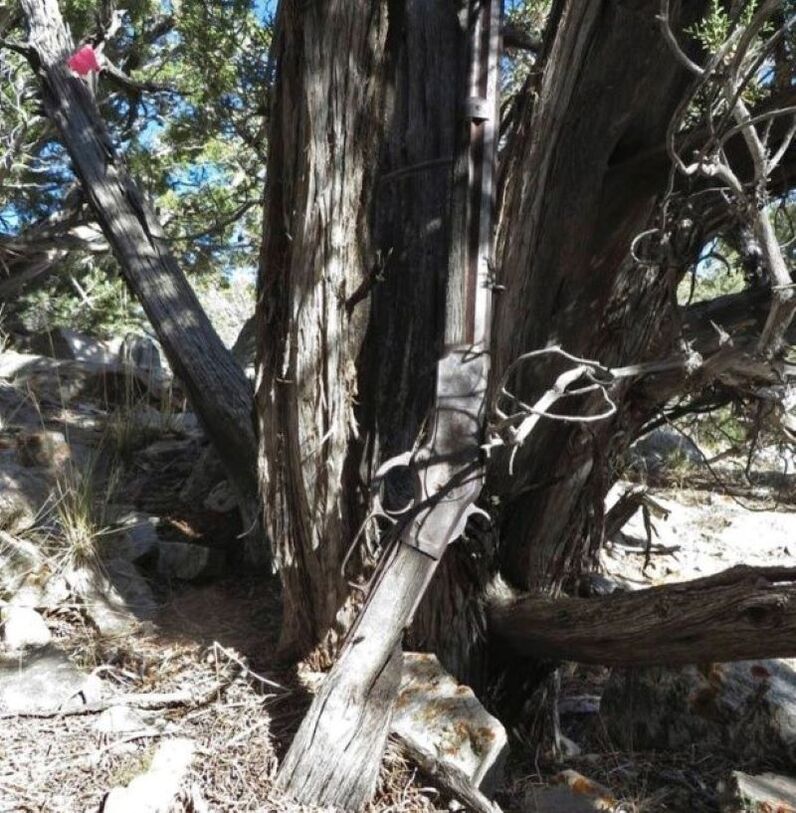
Source: L Moye/ Pinterest
The gun sold for $35-$50 at the time of its production. This one was found leaning against a tree in 2015 at The Great Basin National Park in Nevada. It is now valued at approximately $15,000.
Lost And Found: The Dubai Ferrari
This find probably wasn’t picked up by a metal detector enthusiast out for a walk. This Ferrari Enzo, one of only 398 others and with an original retail price of $600,000, was found abandoned in the Dubai desert.
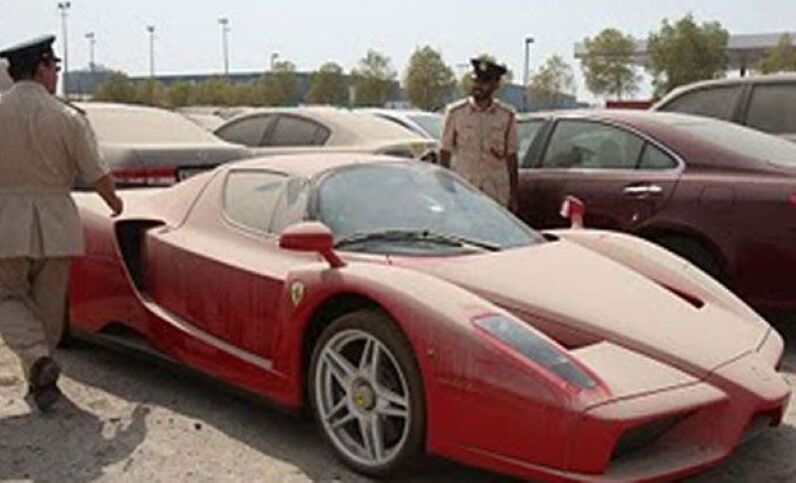
Source: Jerrick Lim/ Pinterest
This model is a rarity due to an overabundance of reckless (and wealthy) drivers. The authorities impounded this model, and, with a little fixing up, it would likely be sold at an auction for over a million dollars.
The Universe-Holding Stone
This uncut opal is said to be just under 5,000 carats. It was discovered in 1846 in Australia by Walter Bartram, who named it “the Fire of Australia.” Bartram kept it in the family until 2017 when he sold it to the South Australian Museum.

Source: Betti B/ Pinterest
If cut, this stone’s value would have risen to $900,000, but Bartram wanted to keep it as it was—polished but uncut—within Australia’s borders.
Libyan Lightning Glass
This precious glass is thought to be made when lightning strikes the desert along the sands of the Egyptian and Libyan border. That heat shock turns the sand into this beautiful yellow and gold object you see before you.
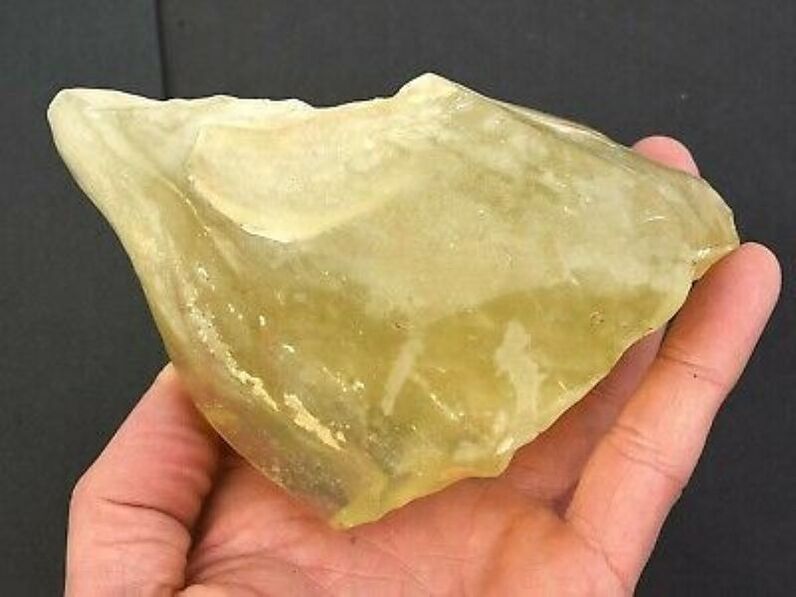
Source: Meteorites and Taktites/ Pinterest
Lightning hits the sand quite frequently, but finding one of these over such a wide surface proves very difficult. There are thought to be thousands of tons of these pieces in the desert, each worth up to $1,000!
The Ten Commandments
No, somebody didn’t find the tablets themselves, but this find was groundbreaking in more ways than one. The set for Hollywood’s The Ten Commandments set a new precedent for special effects.
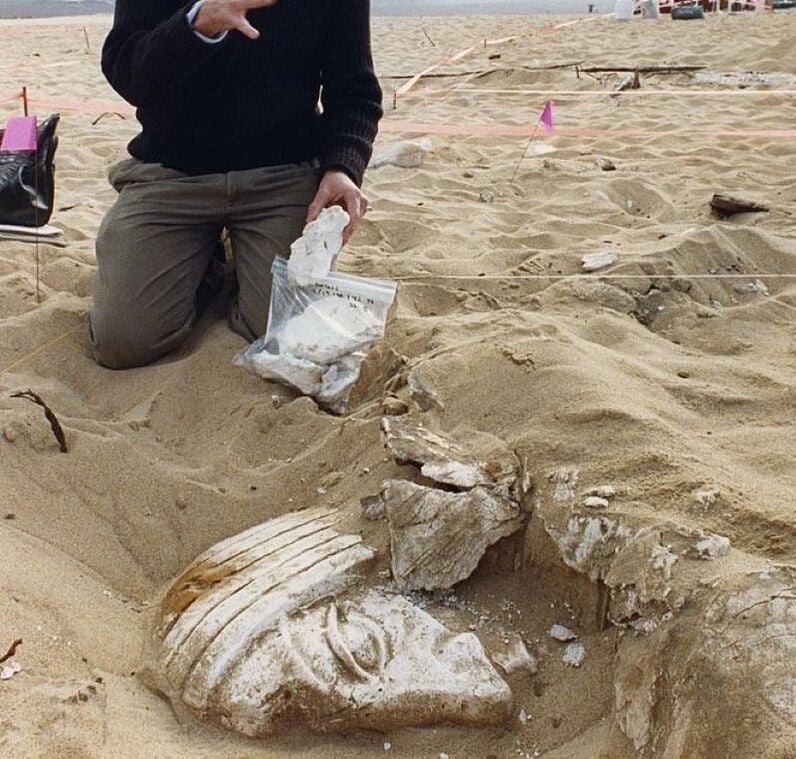
Source: Joan Adlen/ Getty Images
The 12-story builds were so big that Cecil B. DeMille, the director, simply buried them at the end of the shoot. Altogether, these structures, which were found quite intact in 2017, are thought to be worth around $1 million dollars.
The Wreck Of The Bom Jesus
It’s not often you will run across a shipwreck in the desert. This shipwreck, however, was heaving with long-lost loot. The Bom Jesus went down in 1533 after departing for India. It was found in the Namibian Desert.
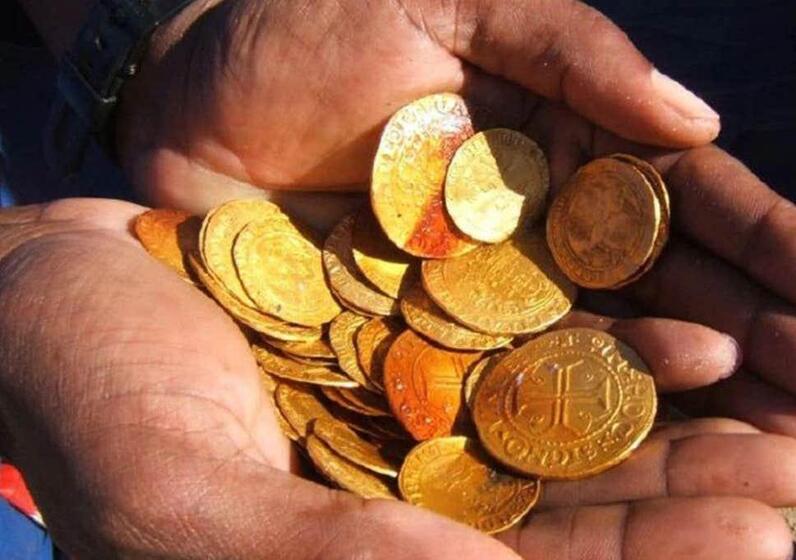
Source: Let Me Know/ Youtube
Besides antique muskets and cannonballs, the ship was loaded up with a cargo of copper, ivory, millions of dollars worth of gold coins, and other priceless items, making it one of the most valuable shipwrecks in history.
Cracking Shell
This fossil-fuel giant tried to have this story buried—literally. The Texas-New Mexico Pipeline company—owned by Shell—created an environmental crisis after creating an oil spill in the New Mexico desert. They covered it up and sold the rights to the land to another company.
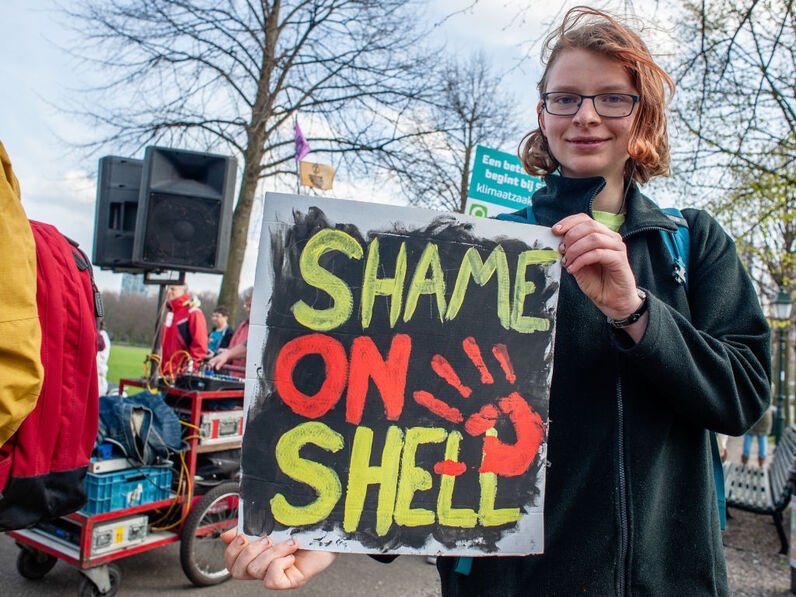
Source: Romy Arroyo Fernandez/NurPhoto via Getty Images
Unfortunately for Shell, just under 200 boxes of incriminating evidence were found in a hole in the area. The boxes themselves were worth millions. The find wasn’t just bad for their publicity—this mishap cut (only slightly) into their quarterly profits.
E.T. (Goes Into A Giant Landfill)
In the 1980s, there was a rumor that Atari Inc. had buried around 700,000 unsold video games, computers, and gaming consoles in a New Mexico landfill. The story was largely considered a legend until 2014, when the burial site was excavated.
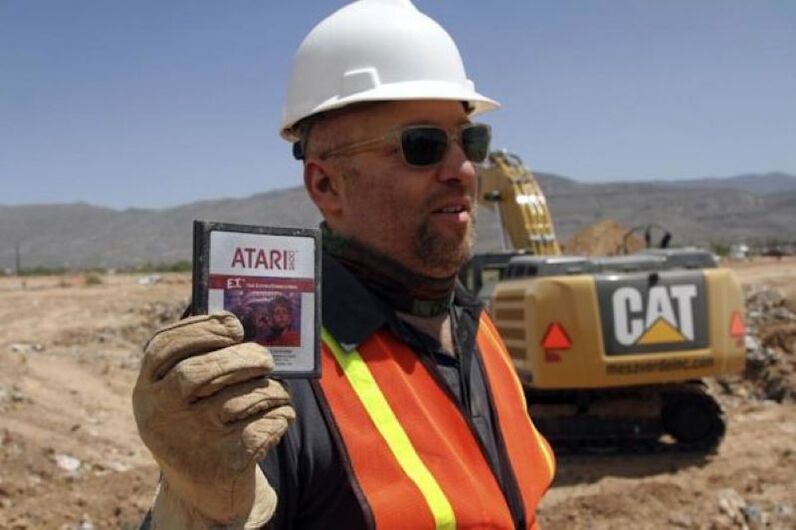
Source: HNGN/ Pinterest
The game is now worth thousands of dollars due to its vintage status. Other classic games, such as Pac-Man, were also found at the site, and the whole landfill is estimated to be worth around $108,000.
A Pretty Penny
A rare 2,200-year-old coin was discovered in the Israeli desert by archaeologists working in Tel Kedesh. The Ptolemaic Coin is thought to depict either Queen Arsinoe II Philadelphus or Cleopatra and is in excellent condition, given its age.
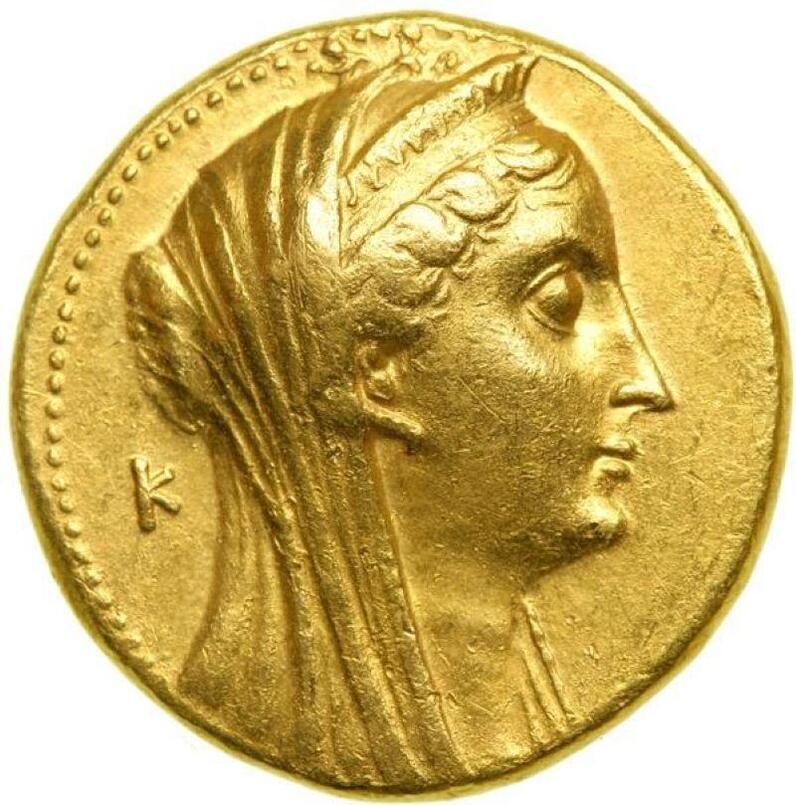
Source: Bible Discourses/ Pinterest
As well as being a beautiful and incredible artifact of the past, It’s the heaviest gold coin and has the highest value of any coin ever found in an excavation in Israel. The Ptolemaic Coin is estimated to be worth around $10,000.
Prada, Highway 90
This one was more than likely left there on purpose, and it’s hardly buried under sand, but it’s a great find for travelers nonetheless. Prada Marfa is a sculpture art installation in the desert that depicts a Prada storefront with authentic merchandise.

Source: Baylie Summer/ Pinterest
Created by artists Elmgreen and Dragset in 2005, it is located off Highway 90 in Valentine, Texas, and is a popular tourist destination. Although the door is just for show, the sculpture is estimated to be worth around $120,000 due to the designer products contained within it.
The Cost Of Doing Business
A massive stash of aluminum was discovered in central Mexico in 2014, weighing approximately one million metric tons—representing about 6% of the world’s aluminum supply. Billionaire aluminum magnate Liu Zhongtian was suspected of shipping the aluminum through Mexico to evade U.S. tariffs, but the metal never made it anyway.

Source: Cheryl Glass/ Pinterest
The scheme is thought to have started as early as 2008. Zhongtian has since been indicted for smuggling large amounts of aluminum into the U.S. The estimated cost of the tariffs would have been around $2 million.
“Stealth” Jets
In 2003, U.S. troops discovered Iraqi MiG-25 Foxbat and SU-25 Frog Foot fighter jets in the sand at the al-Taqqadum Air Base in Iraq. The jets, believed to have been buried by Saddam Hussein to hide them from the U.S. military and potentially use them in a later attack, were brand new and worth over $300 million.
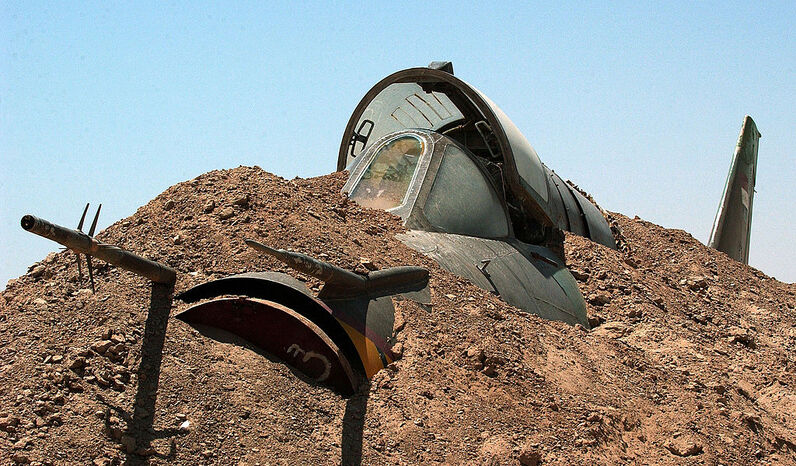
Source: Scott Nelson/ Getty Images
Former Chairman of the House Intelligence Committee, Porter Goss, stated, “Our guys have found 30-something brand new aircraft buried in the sand to deny us access to them.”
The Ancient Copper Map
This artifact was discovered in 1952 in a cave near Khibet, Qumran. This scroll, written on copper mixed with tin, is unlike the Dead Sea Scrolls, which were written on papyrus. As well as being a significant historical find, there’s more.
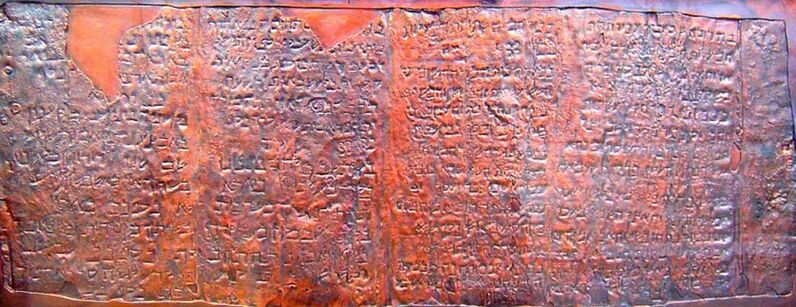
Source: Sydney bryant/ Pinterest
The Copper Scroll is a treasure map that illustrates the locations of gold and silver. It was found in two pieces and has been on display in the Jordan Museum in Amman since 2013. It is considered priceless due to its historical significance.
The Lost Desert Library
Timbuktu, located on the edge of the Sahara Desert, was home to the University of Sankoré in the late 16th century. The university’s founder, Mohammed abu Bakr al-Wangari, built a library full of books on African and Islamic history, religion, sciences, and literature.
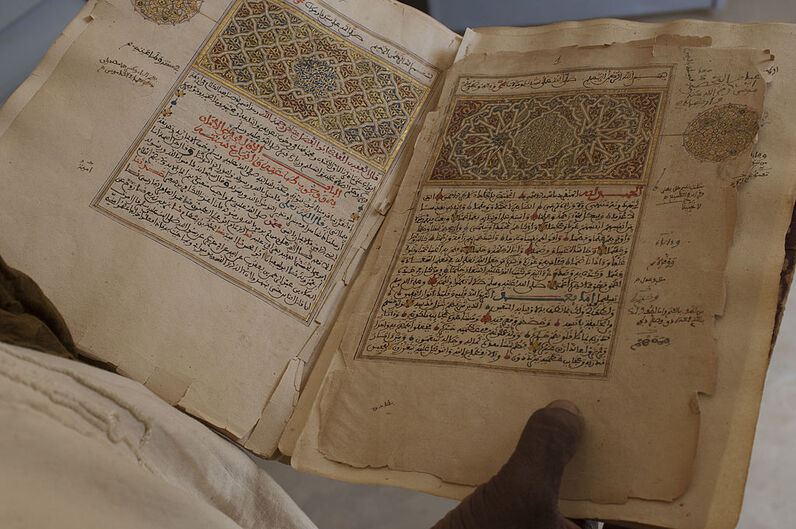
Source: Wolfgang Kaehler/LightRocket via Getty Images
After his death in 1594, the works were split among his family and lost. Some of the manuscripts have been rediscovered, but many were destroyed due to water, insect, and heat damage. Its historical and cultural value makes it priceless.
Old Mask Worth $2 Million
In 1922, the burial chamber of the young Egyptian Pharaoh Tutankhamun was discovered in the Valley of the Kings. On October 28, 1925, English archaeologist Howard Carter opened the sarcophagus and uncovered the now world-renowned golden death mask.

Source: Mostafa Elshemy/ Anadolu Agency/Getty Images
The mask, made of high-karat gold, lapis lazuli, quartz, obsidian, and other precious stones, weighs 22.6 pounds and is on display at the Egyptian Museum in Cairo. The Death Mask of Tutankhamun is worth $2 million.
The Death Valley Hoax
In 1999, a man named Jerry Freeman found a wooden chest in the Panamint Mountains in Death Valley, which he believed contained artifacts from the 1850s. The chest, known as the Death Valley Mother Lode, included 80 coins, several antique objects, and correspondences from William Robinson, a pioneer.
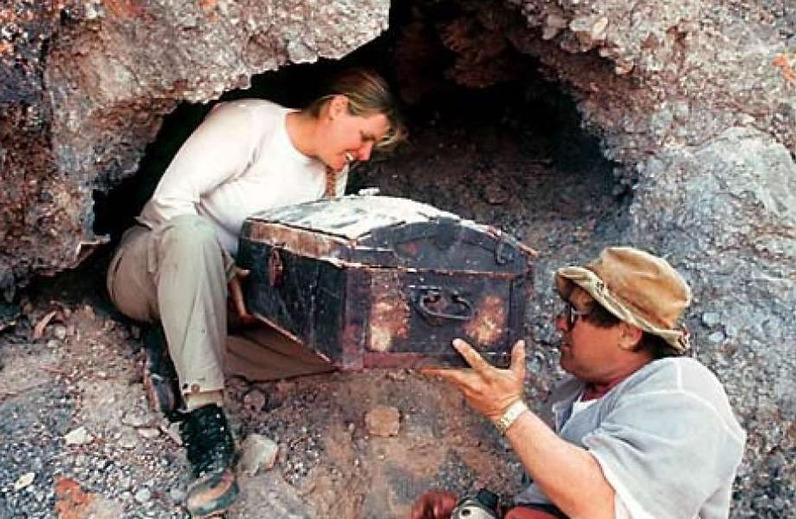
Source: Diane Richardson/ Pinterest
Freeman valued the find at around $500,000. However, the Western Archaeological and Conservation Center and the Smithsonian Institute soon determined the letter was fake and that the artifacts were from a later period, not 1850.
Digging In
Here’s a strange one. Scott Taylor of Utah apparently discovered a treasure trove in 2005 that includes 280 gold bricks with “U.S. Cavalry” stamped on them, a six-shooter, dynamite, and two Civil War-era rifles. The twist? Taylor refuses to disclose the location of the Delta Treasure to the government.
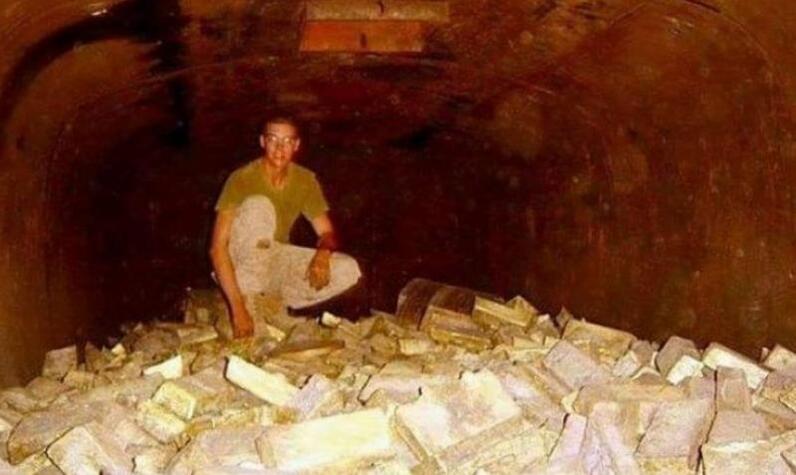
Source: Rachel Johnson/ Pinterest
But why, you ask? He doesn’t think he’ll receive a fair share. The professor believes he is entitled to a finder’s fee of around 40%. The Delta Treasure is estimated to be worth around $100 million.
The Prized Possessions Of An Ancient Goldsmith
This find was an archeologist’s dream. In 2017, an ancient tomb belonging to an Egyptian goldsmith called Amenemhat was discovered at the Dra’ Abu el-Naga’ burial ground, near the Valley of Kings. Researchers would uncover a treasure trove of artifacts there.
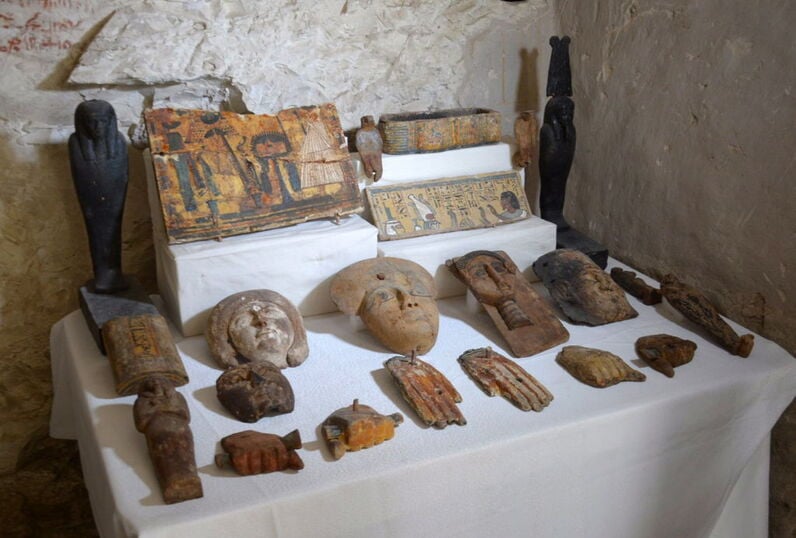
Source: Universal History Archive/Universal Images Group via Getty Images
Amenemhat would have been a skilled and highly respected gold worker who lived around 3,500 years ago. His grave contained intricate jewelry, masks, and 150 small statues meant to protect him in the afterlife.
Mineral Gold
Borax, a chemical compound used to extract boron, is a valuable mineral found in deserts across the world. Boron is an important component in various products, including glass, pharmaceuticals, and cosmetics, making it a valuable commodity as well as beautiful.

Source: De Agostini via Getty Images/De Agostini via Getty Images
Searles Lake in California is one such place with a high concentration of borax. Miners have extracted over $1 billion worth of the mineral from this area, and some even consider it more valuable than gold.
The Treasures Of The Pharaoh
It seems the ancient ones hid their valuable possessions from the world very carefully. The tomb of Pharaoh Psusennes I, who ruled Egypt around 3,000 years ago for over 50 years, was discovered in 1939. It was filled with gold artifacts, including a death mask, sandals, necklaces, and rings.

Source: DeAgostini/ Getty Images
Some consider Psusennes I’s tomb to be even more opulent than that of Tutankhamun—quite the feat—due to the abundance of precious jewels, golden clothes, ornamental masks, and other treasures.
A Lucky Find
Ever made a profitable discovery while out for a walkabout? Australian prospector Kevin Hillier discovered a massive 960-ounce gold nugget while using a metal detector in a desert gold field near Kingower, Victoria.
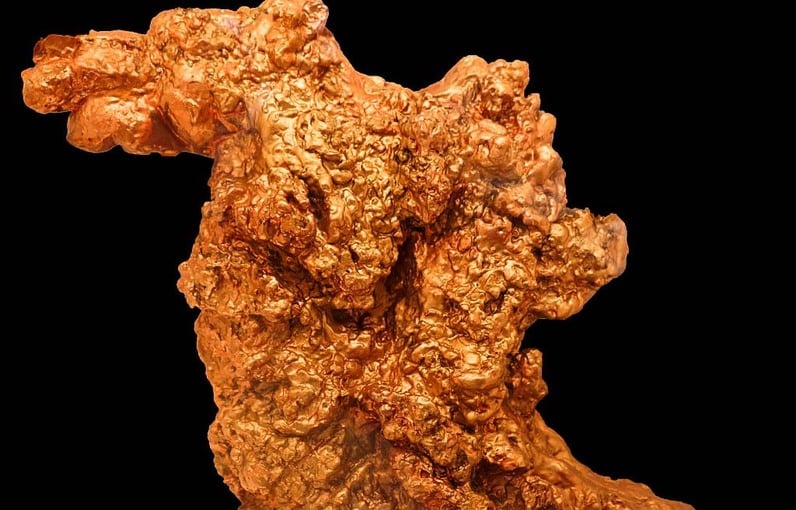
Source: Universal History Archive/Universal Images Group via Getty Images
After finding the lump of gold in 1980, he knew exactly where to take it—the Golden Nugget Casino in Las Vegas, where he sold it for $1 million. Of course, the casino couldn’t resist the opportunity to acquire a nugget of such size and value.
Long-Lost Tips Jar
While walking their dog on their property in California’s Sierra Nevada mountains in 2013, a couple discovered an old can containing gold coins. Upon finding the first can, they continued searching and found a total of 1,427 scattered around, all dating from 1847 to 1894.
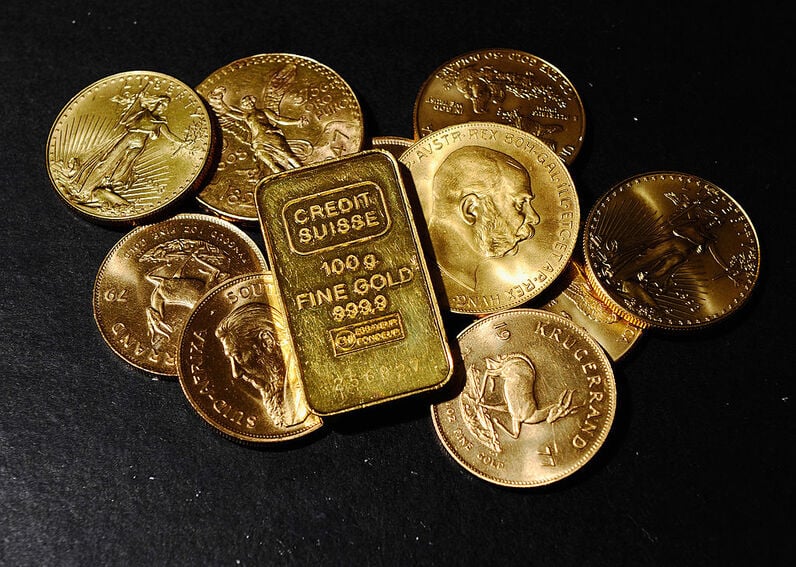
Source: Kevork Djansezian/ Getty Images
The value of these coins was estimated to be approximately $10 million in 2014, and the names of the lucky couple who made the discovery have not been disclosed to the public, presumably to avoid being asked for spare change.
Golden Graves
A team of researchers discovered around 250 mummies from the Greco-Roman era while excavating at the Bahariya Oasis in Egypt’s Western Desert in 1996. Many of the mummies were adorned with death masks, waistcoats, and other items, and many were in excellent condition.
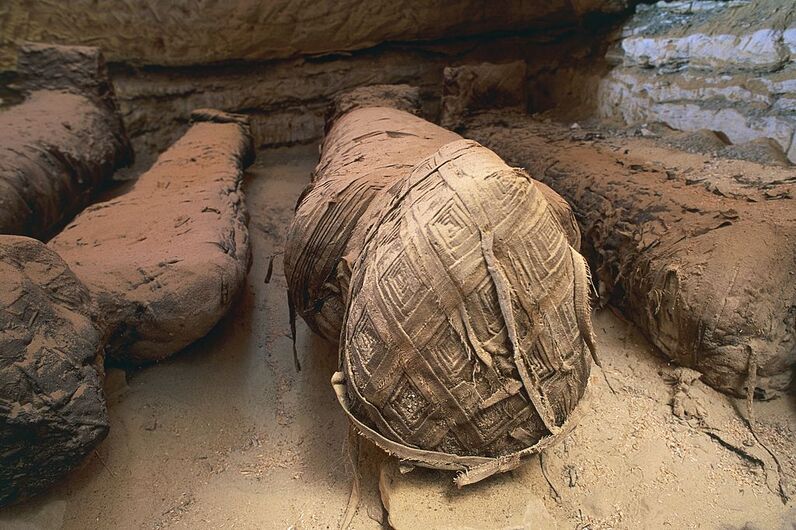
Source: DeAgostini/ Getty Images
The site was named “the Valley of the Golden Mummies” due to the sheer amount of valuable artifacts and treasures found alongside the mummified residents in their resting places. That’s one way to dispose of surplus in your society!
Pegleg’s Gold
In 1965, Desert Magazine received a package containing a letter, papers, and two gold nuggets. The anonymous letter claimed that the sender had found Pegleg’s “burned black gold,” worth $300,000, and that—tantalizingly—there was more left at the site.
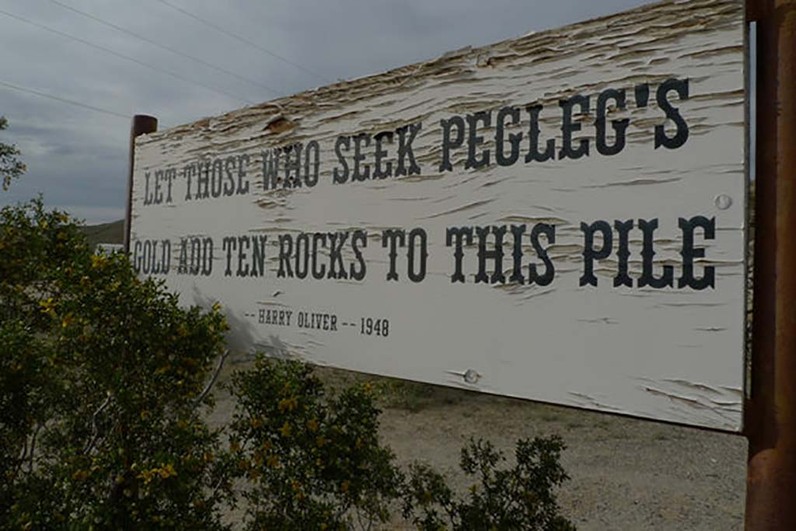
Source: Pinterest
Presumably, this means that Pegleg’s bounty was found—or someone is out there trying to get a rise out of the publication. Pegleg, or Thomas Smith, was a real prospector who died in 1866, but the letter writer never revealed the location of the gold.
Radiant Treasures
For this kind of find, you’d need a little more than a treasure map and shovel. While gold, silver, and jewels are often thought of as treasures, it’s a lesser-known fact that uranium can be even more valuable.
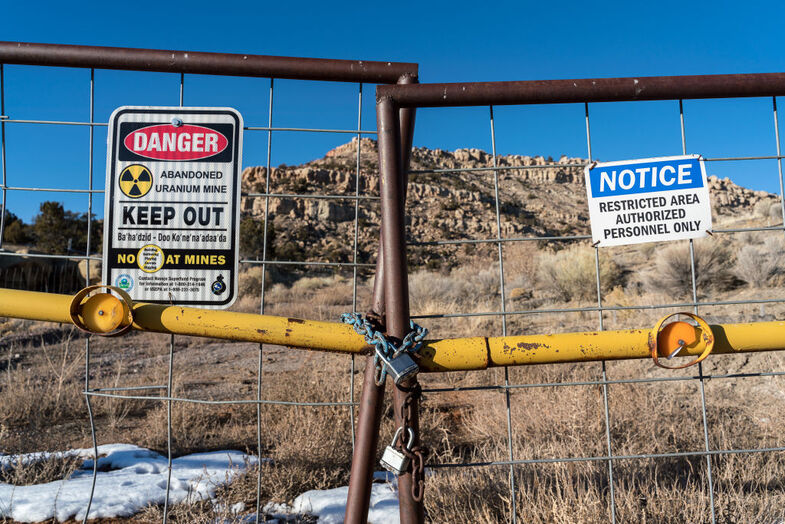
Source: The Washington Post/ Getty Images
The radioactive element has various uses, including making weapons and producing power. The Namib desert in Namibia is home to one of the world’s largest uranium mines. It stretches for over 1,200 miles along the coast of the African country.
Priceless Cylinders
The Mesopotamians used these kinds of cylinder seals around 3,500 years ago. These small cylinders, about an inch in length, were rolled across the clay to create impressions with symbols and figures. They were often used as official signatures for royalty and could also be worn as jewelry.

Source: DeAgostini/ Getty Images
Many of the best-preserved cylinder seals can be found in museums, but there are likely many more out there. They can be sold for a significant amount of money to collectors, researchers, and even on the black market.
Utah’s Strange Spanish Coin Stash
While hiking in the desert of Utah’s Glen Canyon National Recreation Area in May 2019, a man found two strange coins. He brought them to experts who determined that they were of Spanish origin, with one dating back to the 1660s and the other to the 13th century.

Source: MIGUEL RIOPA/AFP via Getty Images
Mysteriously, there is no record of the Spanish arriving in that area of the United States until the 1700s. Could this be the remnants of a renegade or thief’s secret stash?
Diamonds In The Rough
Kolmanskop was a small, unremarkable, and quiet town in Namibia’s Namib Desert until a worker named Zacharias Lewala found a sizable diamond there in 1908. The town’s population rapidly grew as people rushed to the area in search of similar wealth.
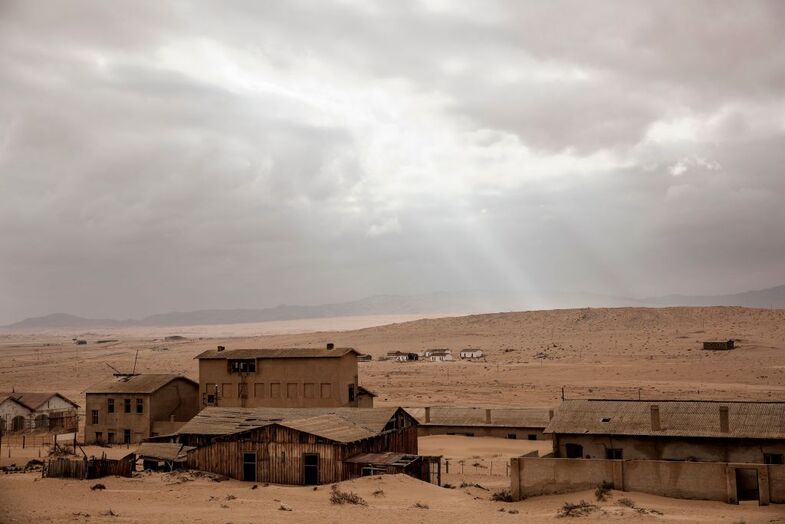
Source: GIANLUIGI GUERCIA/AFP via Getty Images
Unfortunately, Lewala saw nothing for his find, as all the profits went to his boss. Kolmanskop was prosperous for over 40 years, but by 1954 it didn’t just return to being a sleepy place—it had become a ghost town.
Reclaimed Buddhist Treasures
Mongolia’s Gobi Desert is remote and desolate, but in 2009, Buddhist treasures were miraculously found there. Sixty-four crates of artifacts had been buried in the 1930s by a monk named Tudev to protect them during an incoming purge.

Source: HAROLDO CASTRO/AFP via Getty Images
Tudev shared the secret of the treasure with his family, who later discovered some of the crates before the rest were found in 2009. The artifacts included manuscripts, statues, and artwork. Buddha probably wouldn’t mind since letting go of possessions is often seen as a virtue.
The Linking Stone
The Rosetta Stone was found in 1799 by a soldier in Napoleon Bonaparte’s army in Egypt. The stele has three translations of a decree issued in 196 BC on behalf of Ptolemy V Epiphanes inscribed in ancient Egyptian hieroglyphs, Demotic scripts, and ancient Greek.

Source: Juan Naharro Gimenez/ Getty Images
Uncovering the history of the ancient Egyptians had been more guesswork than science. The stone’s discovery allowed for the deciphering of then-indecipherable Egyptian hieroglyphs and the start of Egyptology as we know it today—making this discovery a priceless cultural artifact.
Visitor From Another World
A rare meteorite weighing 75 ounces was discovered in Western Sahara, close to the Moroccan city of Smara, named “Northwest Africa 7397,” or NWA 7397 for short. While meteorites are not particularly uncommon, this is special—it is part of the total 300 pounds of Martian meteorites ever found on Earth.
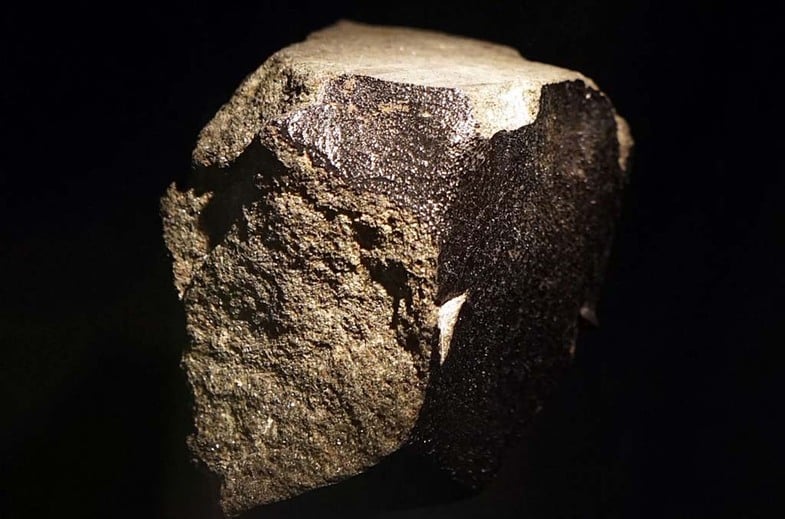
Source: Universal History Archive/Universal Images Group via Getty Images
Small are pieces available for purchase online for around $500. The discovery of NWA 7397 is an exciting development as it provides insights into the geological makeup of the red planet.
Striking It Rich
While gold hunting is a popular activity in the deserts of Australia, it is not often that someone strikes it rich. However, in 2019, one lucky hunter had a chance encounter with fortune.
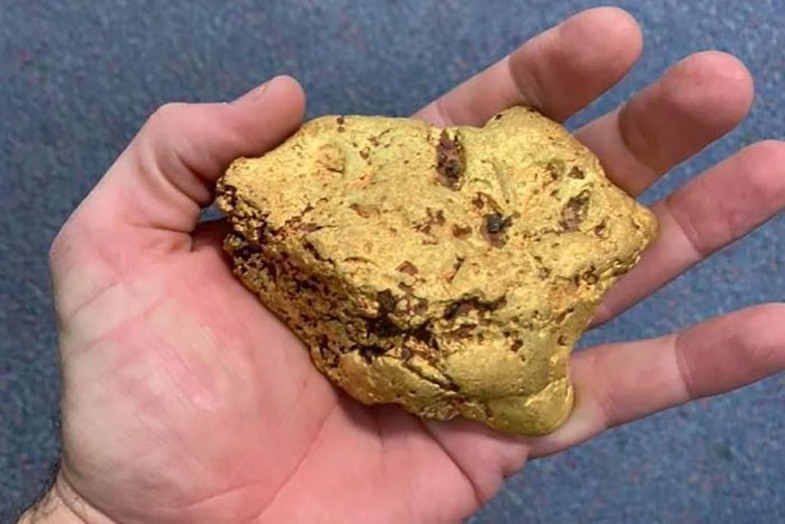
Source: Pinterest
Searching for gold near the old mining town of Kalgoorlie-Boulder, they discovered a 50-ounce nugget worth approximately $70,000. Imagine holding that in your hand! This is a rare and exciting find, and it is no wonder thousands of people flock to Australia’s deserts each year in search of their treasure.
Getting Lucky In The Silver State
If you are searching for silver, the deserts of the U.S. are a good place to start. The U.S. has a long history of silver production from its deserts, dating back to 1859 when miners discovered large deposits of the metal in Nevada, earning it the nickname “Silver State.”
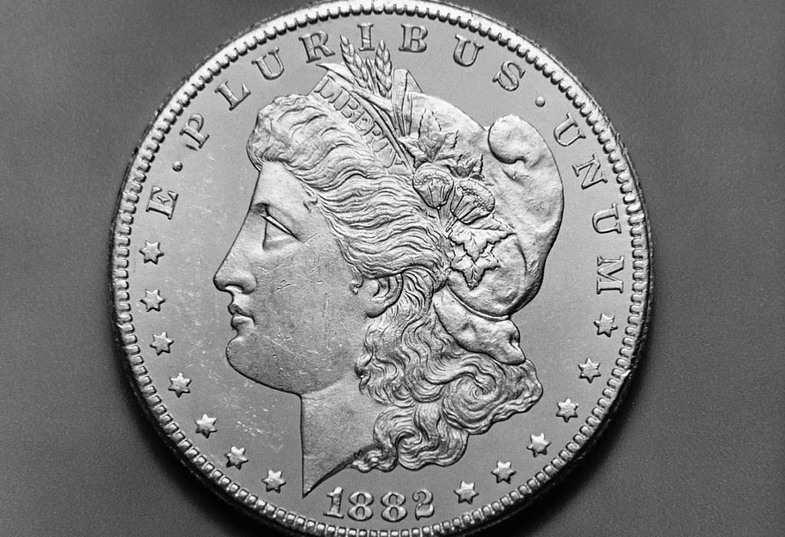
Source: Bettmann/ Getty Images
In the mid-19th century, the Nevada desert mines alone produced $225 million worth of silver. It is possible that some silver still remains to be discovered in these areas.
The Dead Sea Scrolls
The Dead Sea Scrolls, found in a cave system in Israel, are considered one of the most valuable finds in the desert. The scrolls are a series of ancient parchments containing some of the earliest passages from the Hebrew Bible and other religious texts.
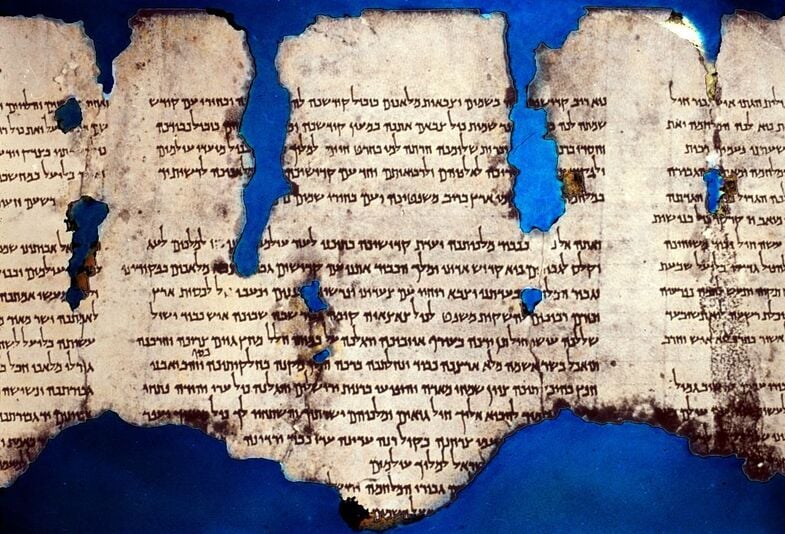
Source: Universal History Archive/Universal Images Group via Getty Images
They provide valuable insight into the history and beliefs of the ancient Jewish community. The scrolls are considered a world cultural heritage treasure and are housed in the Shrine of the Book in Jerusalem.
A Great Desert Discovery
Israeli cave explorers discovered a small collection of ancient Greek treasures in 2015, including two silver coins, jewelry, and a necklace. The items over 2,000 years old depict the Greek god Zeus and are believed to be from the time of Alexander the Great.
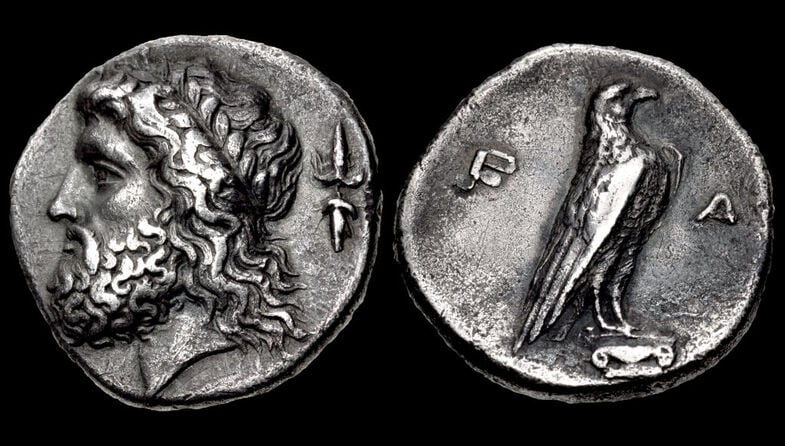
Source: Fine Art Images/Heritage Images/ Getty Images
The treasures are considered priceless artifacts due to their age and excellent condition. The cave’s location has been kept secret to protect the archaeological site and to prevent people from entering the dangerous cave in Galilee.
Miracle Cures
In Chile’s Atacama desert, researchers discovered microorganisms that have the potential to save lives and combat long-incurable illnesses. One strain of these organisms has the ability to treat HIV due to an enzyme that enables it to replicate within the human body.

Source: MARTIN BERNETTI/AFP via Getty Images
This discovery is a great reminder that the desert is not just a place for treasure hunting but also holds valuable resources and scientific knowledge that could have a positive impact on human health.
Million-Dollar Oasis
Here’s another one that wasn’t exactly “lost” but would be a great find for a desert wanderer nonetheless. An Austrian artist took it upon themselves to create a unique and luxurious installation in the Mojave Desert: a fully-functioning, cool-water pool complete with all the features of a million-dollar mansion.
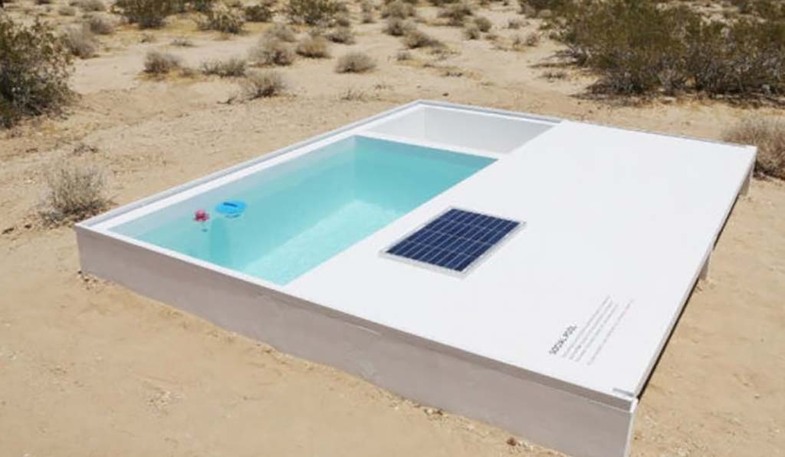
Source: Pinterest
The pool is located in the middle of the dry desert. This unexpected oasis may not be considered a traditional treasure, but it could certainly provide a welcome respite for a dried-up wanderer.
The Million-Dollar Boot
In 1989, a prospector in Senora, Mexico, discovered the Boot of Cortez, a massive gold nugget weighing 389.4 troy ounces, using a cheap, store-bought metal detector. It is the largest nugget of its kind in the western hemisphere and is a highly sought-after collector’s item.
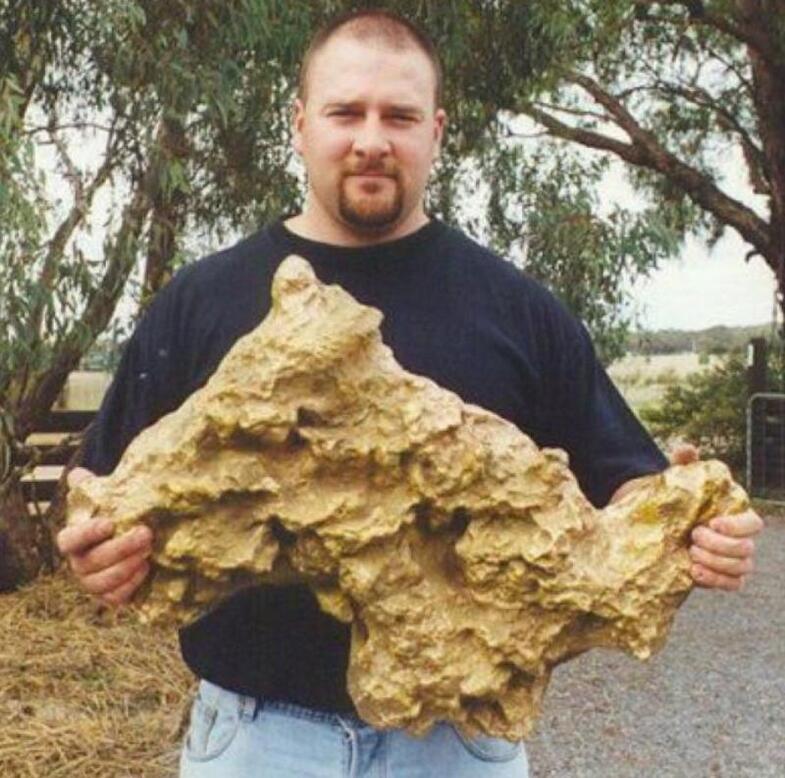
Source: Ecuazon/ Pinterest
The gold piece was initially purchased for $30,000 but has since changed hands and was last sold at a public auction in January 2008 for $1.3 million. Just look at the size of that thing!
From An Exploding Star
The Gibeon Meteorite, discovered in 1836 in Great Namaqualand, Namibia, is believed to be made up of fragments from a star that exploded around four billion years ago. The meteorite, composed of iron, cobalt, and nickel, weighs between 200 and 1,100 pounds.
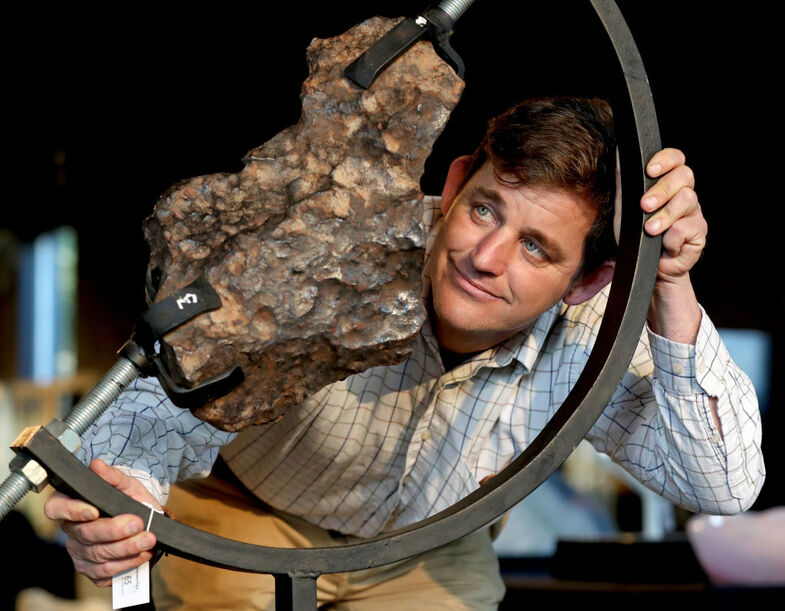
Source: Gareth Fuller/PA Images via Getty Images
Its hard exterior has been used by natives to create tools and weapons. About 100-150 fragments have been found, some of which are on display at the Post Street Mall in Namibia. The fragments are now worth around $383,806.
Treasure Or Hoax?
The James Ossuary, a limestone box for holding the bones of the long dead, was discovered in 2002 in a cave in the Silwan region of Jerusalem. The box is particularly significant because the Aramaic inscription in Hebrew letters on its side reads, “James, son of Joseph, brother of Jesus.”
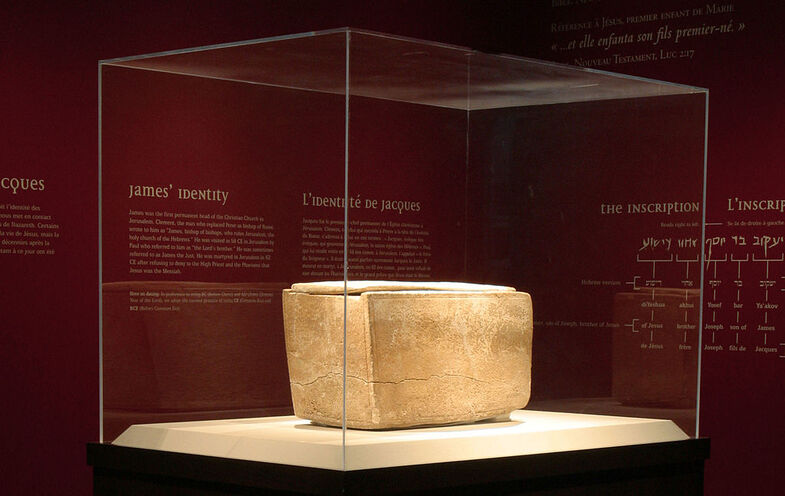
Source: Drew Cunningham/ Getty Images
However, there has been widespread skepticism about the ossuary’s authenticity, with some believing it was forged by its discoverer, Oded Golan. As a result, the artifact’s value is only around $50,000.
